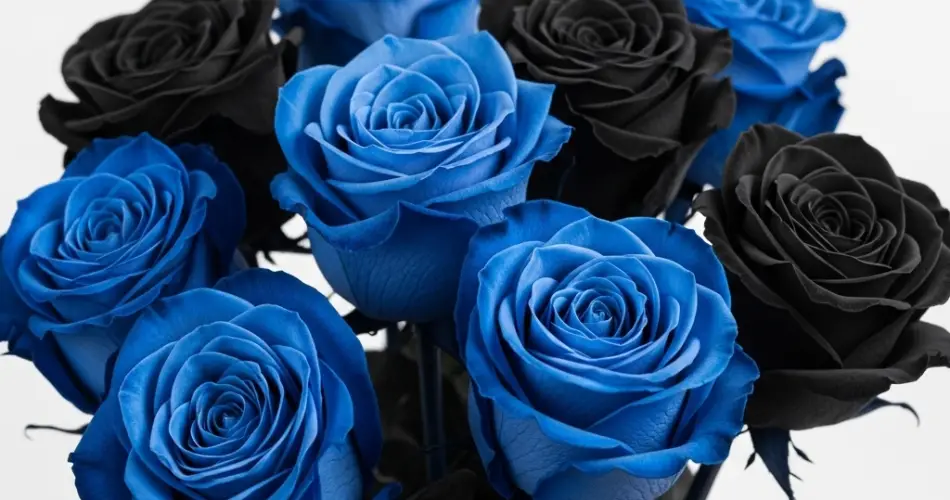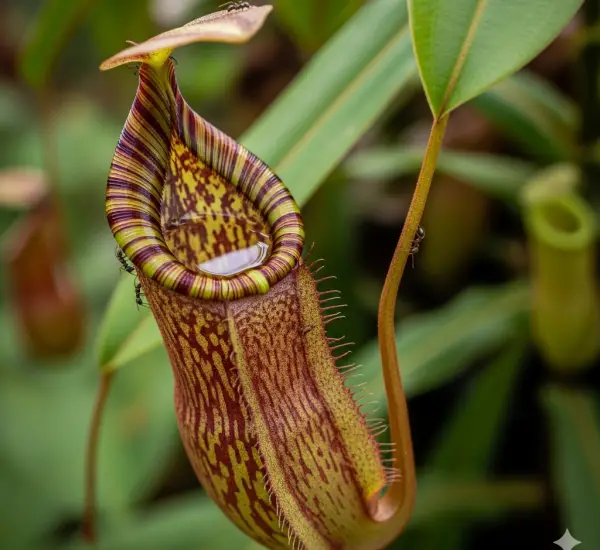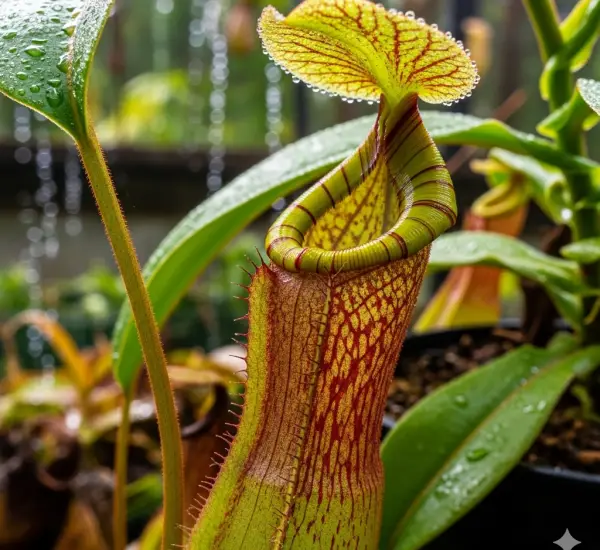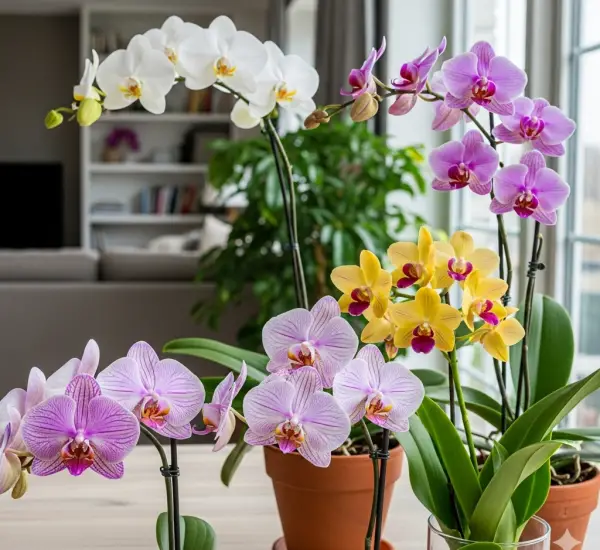Roses are already one of the most beautiful and iconic flowers, but did you know you can change their color at home—even to shades like blue or black? Although roses naturally come in many colors, true blue or jet-black roses do not occur in nature. Fortunately, there’s a simple homemade trick that allows you to dye your roses in stunning shades using basic materials and just a bit of patience.
Whether you’re looking to enhance your floral arrangements or create unique decorations for events, this method is a fun and creative way to personalize your roses and wow anyone who sees them.
Why Dye Roses?
-
Unique Aesthetics: Blue and black roses add a bold, elegant, or mysterious touch to bouquets and centerpieces.
-
Symbolic Meanings: Blue roses often symbolize mystery, imagination, or the unattainable. Black roses represent strength, farewell, or deep passion.
-
Creative Expression: It’s a fun DIY project you can do at home with kids or use as a decoration for weddings, parties, or gifts.
-
Affordable: No need to buy rare or expensive dyed roses when you can do it yourself at home.
What You’ll Need
To get started with dyeing your roses, you’ll need just a few simple materials:
-
Fresh white or pale-colored roses (white is ideal)
-
Food coloring (blue or black)
-
Water
-
A glass or vase
-
A knife or sharp scissors
-
Optional: gloves to prevent staining your hands
Step-by-Step: How to Dye Roses at Home
Step 1: Choose Fresh White Roses
Start with fresh-cut white roses, as they absorb dye most effectively and display the new color vividly. You can use light cream or pale pink roses as well, but the final color may be slightly different due to their original hue.
Make sure the roses are not wilted and that their stems are healthy and green. The fresher the flower, the better it will absorb the dye.
Step 2: Prepare the Dye Solution
In a clean glass or vase, add water and stir in several drops of food coloring. For intense colors, use at least 20–30 drops of food coloring per cup of water.
-
For blue roses: Use blue food coloring.
-
For black roses: Mix red and blue food coloring in equal parts, and add a bit of green to deepen the shade. Alternatively, use black food coloring if available.
Stir thoroughly so the dye is evenly distributed in the water.
Step 3: Trim the Rose Stems
Using a sharp knife or scissors, trim each rose stem at a 45-degree angle under running water. This prevents air from entering the stem, which can block water absorption. Cutting the stems underwater also helps them stay hydrated and speeds up the dyeing process.
Optional: You can split the bottom of the stem into two vertical sections and place each section into separate cups with different dye colors to create multicolored effects.
Step 4: Place Roses in the Dyed Water
Place the freshly trimmed roses into the prepared dye solution. Leave them in a cool, shaded place away from direct sunlight. The petals will begin to absorb the dye through the stem.
Color changes are often visible within 4 to 6 hours, but for richer, deeper hues, let the roses sit in the dye for 24 to 48 hours.
Step 5: Monitor and Adjust
Check the progress regularly. Once the desired color intensity is achieved, remove the roses from the dyed water and place them in clean water to stop the dyeing process.
If petals still appear unevenly colored, you can leave them longer, or prepare a stronger dye mix next time. Results can vary slightly depending on the flower’s variety and freshness.
Bonus Tip: Creating Two-Toned Roses
If you want a rose with two different colors on either side, split the stem vertically and place each half into separate dye cups with different colors. The petals will absorb each dye on its side, creating a beautiful bi-colored effect.
This is a fun and artistic twist that works especially well for centerpieces or creative floral displays.
Will the Dye Harm the Rose?
No. The dye simply colors the petals by moving through the plant’s vascular system, just like water. The structure and texture of the rose remain unchanged, and the bloom lasts just as long as an untreated flower when kept in fresh water.
Final Thoughts
Turning white roses into stunning blue or black blooms is an easy and inexpensive way to elevate your floral arrangements. Whether for a romantic gift, event decor, or simply for your own enjoyment, this trick offers impressive results with minimal effort.
Try experimenting with other colors and combinations too—purple, teal, or even rainbow roses using multiple dye baths. Once you master the technique, you’ll never look at plain white roses the same way again.



